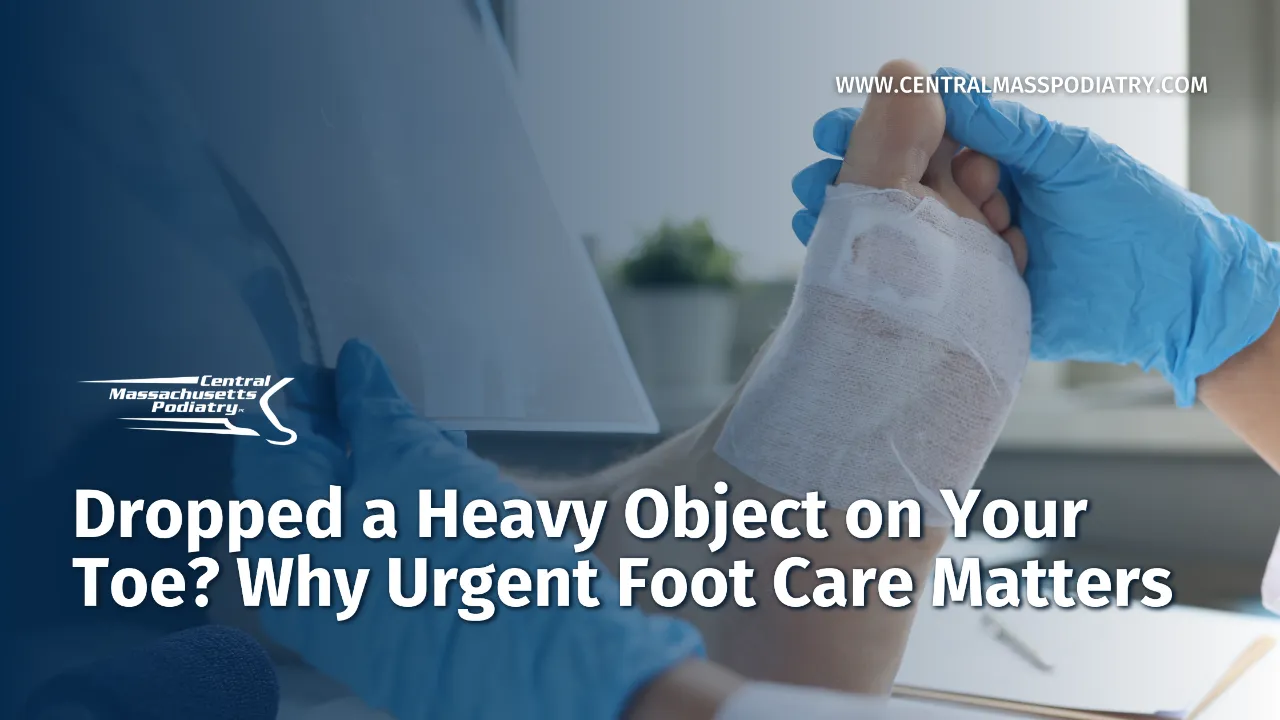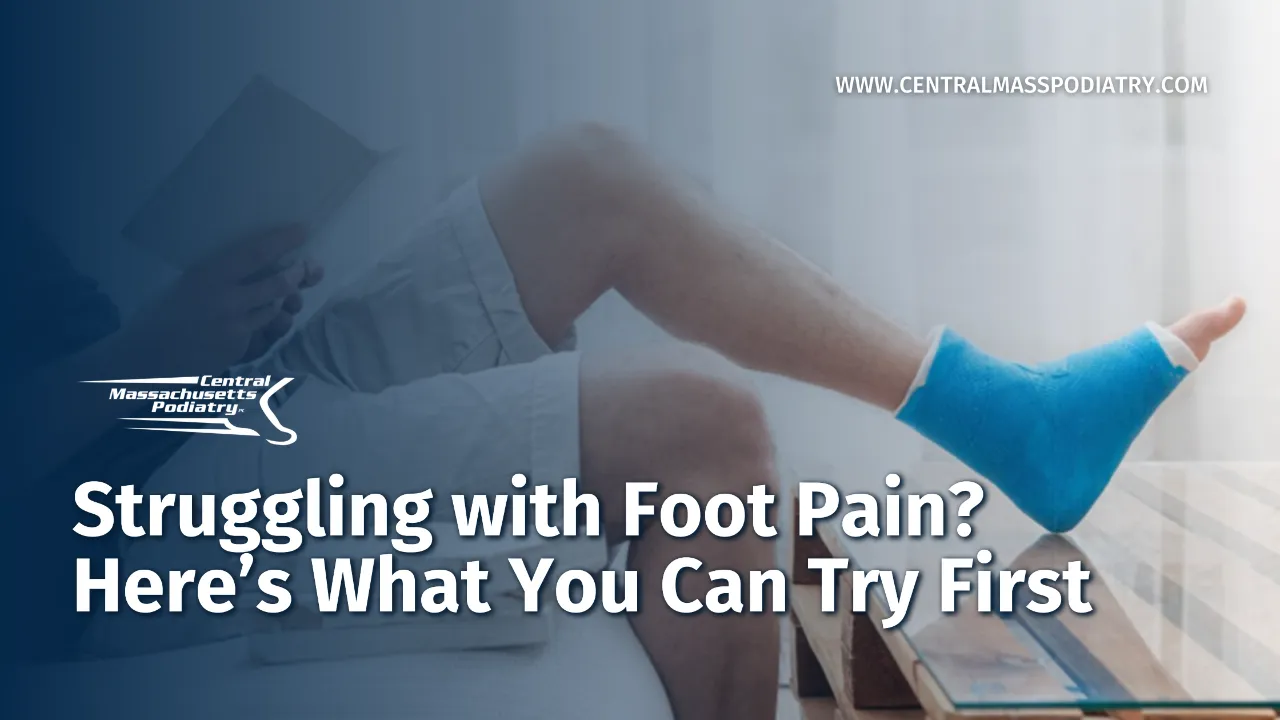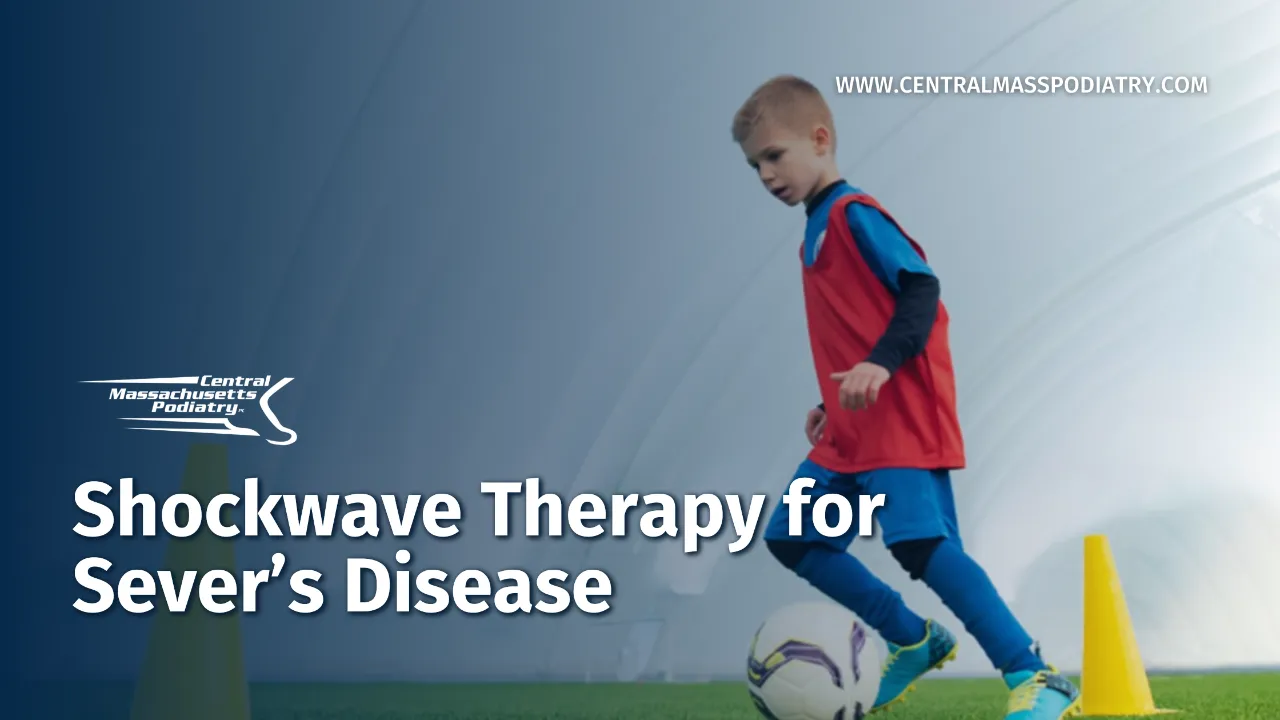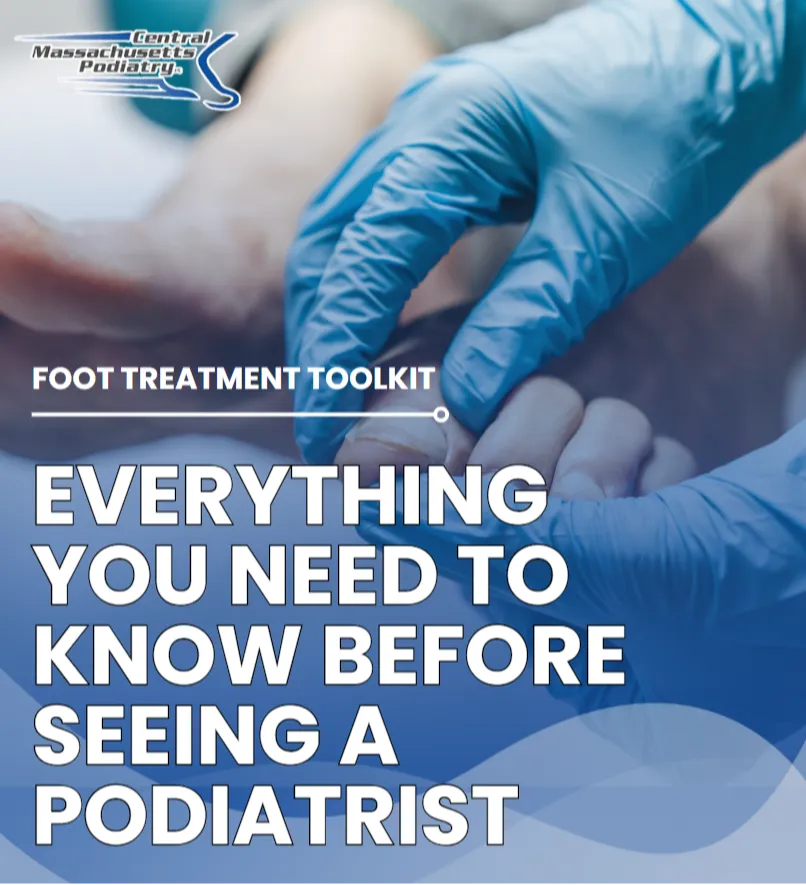Why Rest Matters After a Sports Foot Injury?

For some athletes, they consider sports injuries as a major setback to their careers, especially during a critical part of the season. They might feel like it’s a lost opportunity that’s why they rush recovery and power through the pain to get back in the game quickly.
In this blog, we highlight the importance of a proper rest after a foot injury in sports. It shouldn’t be considered as a weakness but rather one of the smartest moves an athlete can make for long-term performance and health.
The Potential Risks of Returning Too Early
When athletes get back to field or court too soon before their sports foot injury has fully healed, they are putting themselves to potential risks such as:
- Incomplete tissue healing, which leaves muscles, tendons, and ligaments weak and unstable.
- Re-injury, often worse than the original. A minor sprain can turn into a major tear.
- Chronic pain or inflammation, which can linger long after the season ends.
- Compensation injuries, where other parts of the body take on the strain and lead to new problems.
- Long-term joint damage, especially in complex areas like the foot and ankle.
For instance, if you’re a soccer player who experienced ankle sprains, but tapes it up and keeps playing—not only is your balance compromised, but more so your steps could do further damage on the strained ligaments. A few weeks of proper recovery could prevent months of rehab, or worse, a permanent change in performance.
What Proper Foot Recovery Looks Like
In cases of foot and ankle sports injuries, proper recovery is an active, structured process designed to rebuild strength, mobility, and confidence. Key elements include:
- Proper diagnosis and treatment plan: The first and most important step in recovery is proper diagnosis. This allows your podiatrist to conduct a comprehensive assessment to your foot and ankle concerns and recommend a tailored treatment plan according to your needs. Undiagnosed or misdiagnosed foot or ankle injuries may lead to more serious injuries. Always consult your podiatrist for personalized advice.
- Rest and prioritizing enough sleep: Some athletes may find it difficult to rest, but prioritizing initial rest and enough sleep will allow them to heal. Depending on the foot or ankle injury, this may include wearing a brace or cast.
- Physical therapy or guided reconditioning: With approval from your podiatrist, you may be advised to attend physical therapy sessions to rebuild strength, restore range of motion, and improve balance—all essential before returning to play.
- Clear return-to-play protocols: These are based on function, not just how the foot feels. Pain-free movement, stability, and ability to perform sport-specific motions are all part of the checklist.
Get Personalized Advice
It may feel like recovery is delaying your comeback, but rushing recovery may lead to longer time off. Resting is not a sign of weakness, but a strategy for longevity in your sport. A smart and guided recovery plan can help you heal faster and get back to the game stronger.
If you, your kid, or someone you coach has experienced foot and ankle sports injuries, don’t guess your way back to action. Talk to a podiatrist to create a long-term treatment plan, reduce the risk of re-injury, and make a smarter, safer return to play.
Need expert advice? Get in touch with us at Central Massachusetts Podiatry. With convenient locations in Worcester and Westborough, our team of experienced podiatrists will assess your unique situation and recommend a treatment and recovery plan most suitable for your needs. Schedule a consultation today.
Related Blogs

Foot Injuries You Can’t Ignore
You’re rushing to get out the door and stub your toe on the edge of…

Boston Marathon: Foot Prep, Recovery, and Pro Tips from a Podiatrist-Marathoner
The Boston Marathon stands as a pinnacle of endurance running…

Shockwave Therapy for Overuse Injuries in Runners and Athletes
Whether you’re a weekend runner or an athlete, chances are you’ve…









